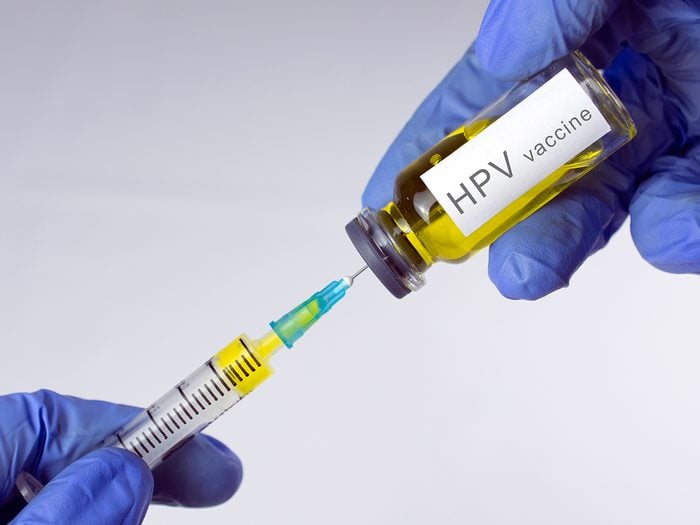
Signs of oral cancer dentists look out for
Besides avoiding tooth decay and gum infections, here’s another reason to visit the dentist regularly: a checkup raises the likelihood of early detection for oral cancer. This is the term for any malignant growth on or inside the mouth, whether it’s found in the lips, cheeks, roof, floor, tongue or gums. While it’s not one of the leading cancers, it’s still a fairly common disease: Canada sees around 4,700 newly diagnosed cases each year.
The five-year survival rate for early-stage lip tumours is 93 per cent; for those afflicting the mouth or tongue, it’s roughly 75 per cent. The stage at which oral cancer is caught makes a big difference. Dentists, who check on areas you can’t easily see, are trained to flag red patches, white patches and other initial symptoms.

Learn to spot oral cancer symptoms yourself
You can watch for the signs of oral cancer yourself, too: they may include mouth pain, a lump or sore that doesn’t heal, earaches, swollen gums, blood in the saliva, loose teeth, voice hoarseness or difficulty swallowing.
Branislav Bystricky of the European Society for Medical Oncology recommends seeing a doctor if any of these problems last for more than three weeks. He adds that it isn’t unusual for a relatively small, subtle mouth tumour to be accompanied by noticeably swollen lymph glands. “This swelling can sometimes be detected by patients; it shows up as lumps in the neck or under the chin that are enlarging or that don’t disappear after a course of antibiotics,” he says.
Here are 20 more symptoms you shouldn’t ignore.

Risk factors for oral cancer
People who use tobacco products are more likely to develop oral cancer, and the same is thought to be true of e-cigarettes, because they contain some of the same carcinogens. Another important lifestyle risk is binge drinking, which can irritate the cells in your mouth. It may also boost the impact of tobacco by helping its harmful chemicals penetrate these cells. (Take a closer look at what booze does to your body.)
A growing number of oral cancer cases stem from human papillomaviruses (HPV), which can be transmitted to the mouth, tongue or throat via oral sex—and maybe open-mouthed kissing. (Researchers are still exploring the latter possibility.) Most oral HPV infections don’t cause any symptoms or health issues before the immune system defeats them, usually within a year or two. But if and when they persist for many years, they can lead to cancerous cell changes.
Oral cancer affects men more than twice as often as women. The fact that they drink and smoke more, on average, could account for some of this difference, but they’re also more prone to developing oral and throat cancers related to HPV. “It seems that men produce fewer antibodies to fight off this infection,” Bystricky says, cautioning that health professionals are not yet certain this is the right explanation.
Here are the signs of cancer men are most likely to ignore.

Mitigating oral cancer risks
There are now vaccines available for the more dangerous strains of HPV. These shots have proven effective at reducing the risk of cervical cancer—especially when they’re given to young people before they become sexually active. The evidence that they also offer oral cancer protection is only preliminary, but most of the same viral strains are at play, so there’s good reason to hope that systematic immunization programs will make it a little easier to avoid this malignancy in the years to come.
Now that you know the signs of oral cancer to watch out for, check out the signs of disease your teeth can reveal.